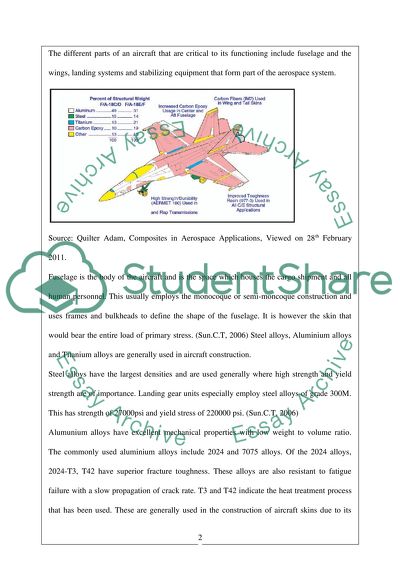Cite this document
(“Materials and Hardware Essay Example | Topics and Well Written Essays - 2500 words - 1”, n.d.)
Retrieved from https://studentshare.org/environmental-studies/1408666-materials-and-hardware
Retrieved from https://studentshare.org/environmental-studies/1408666-materials-and-hardware
(Materials and Hardware Essay Example | Topics and Well Written Essays - 2500 Words - 1)
https://studentshare.org/environmental-studies/1408666-materials-and-hardware.
https://studentshare.org/environmental-studies/1408666-materials-and-hardware.
“Materials and Hardware Essay Example | Topics and Well Written Essays - 2500 Words - 1”, n.d. https://studentshare.org/environmental-studies/1408666-materials-and-hardware.


